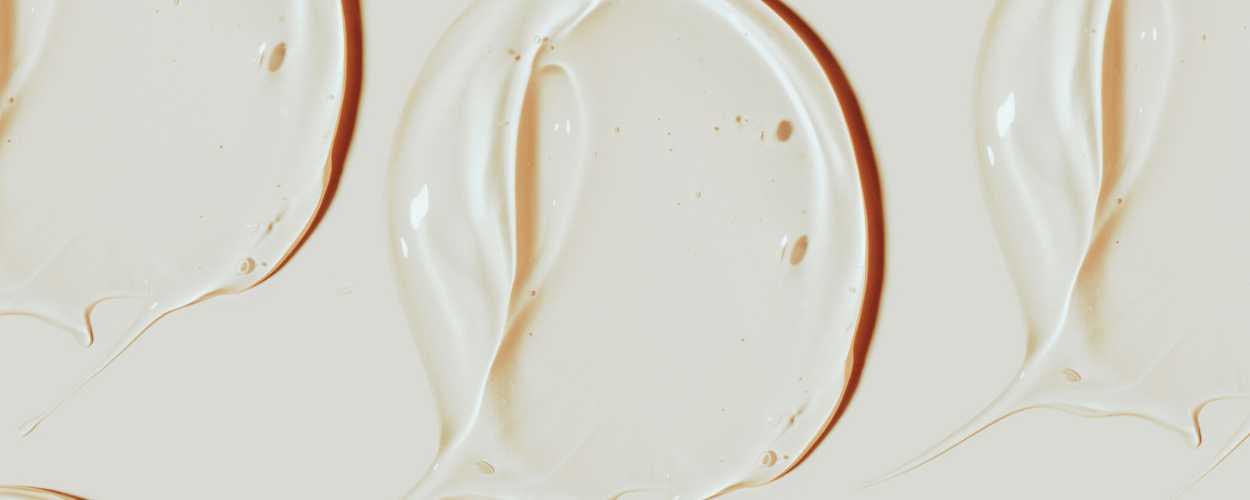Find the right texture with the right stabilisers

When developing products with specific requirements for consistency, stability or mouthfeel, it is rarely a single ingredient that does the job. Often, it is the right combination of stabilisers that creates exactly the function you need.
We offer both pure hydrocolloids and tailor-made stabiliser blends that combine, for example, agar, carrageenan, gellan gum and xanthan gum – based on your process, product and desired properties.
Below, we review the strengths and differences of the most commonly used functional stabilisers to give you an overview and a better basis for decision-making.

Agar – solid and plant-based gel
Agar (E406) is extracted from red algae and is known for forming solid, heat-resistant gels. It is used, for example, in desserts, dietary supplements and plant-based products, where a stable structure is required, even when heated. Agar is tasteless, declaration-friendly and suitable for vegan products.

Carrageenan – softer gel and good protein binding
Carrageenan (E407) creates elastic and more flexible gels and works particularly well with milk proteins. It is therefore often used in dairy products such as drinks, cream and cheese products. Carrageenan gives a creamy feel and good viscosity control, but does not always tolerate reheating.

Gellan gum – high precision and clarity
Gellan gum (E418) is produced by fermentation and is used in products, where the gel structure must be fine and precise, often in beverages, confectionery and technical applications. It forms a gel at low concentrations and is stable in both acidic and alkaline environments. Gellan gum is often combined with other types of gum to adjust the texture.

Xanthan gum – stability and the right thickness in liquids
Xanthan gum (E415) is also produced by fermentation and primarily functions as a thickener and stabiliser in liquids and emulsions. It is ideal for adding volume, binding liquids and ensuring a stable structure in dressings, sauces, plant-based milks and gluten-free products, for example. Xanthan gum is often combined with other stabilisers to achieve gelling or improve the mouthfeel.
Get exactly the right texture with a combination
The right texture is rarely achieved using a single stabiliser. That is why many manufacturers choose a stabiliser combination instead, where several hydrocolloids are combined to achieve the exact function required in the end product – whether it is viscosity, gel structure, mouthfeel or visual appearance.
With a stabiliser combination, you can target the effect, adapt to different process requirements and reduce the need for adjustments during production. This provides greater flexibility, more stability and fewer sources of error.
Together with LBG Sicilia, we supply:
- Standard combinations targeted for example yoghurt, jam, ice cream and dressings.
- Customised combination solutions based on your end product and process.
- Technical support on process optimisation and functional benefits.
Whether you are working with a dairy-based or plant-based recipe, dessert or drink, our advice is always based on the needs and desired properties of the end product.
A well-chosen stabiliser combination reduces both complexity and sources of error in production, while ensuring precise and stable functionality.
Get inspiration for recipe optimisation
Recipe optimisation makes it easy to work more purposefully with texture, stability and functionality in products.
We have put together five useful tips that provide insight and concrete suggestions on how recipes can be improved. At the same time, we go into depth with customer examples in the accompanying white paper, which can be downloaded via the link.
Read the article and download the white paper here: Five usefull tips for recipe optimisation.

.jpg)
.jpg)